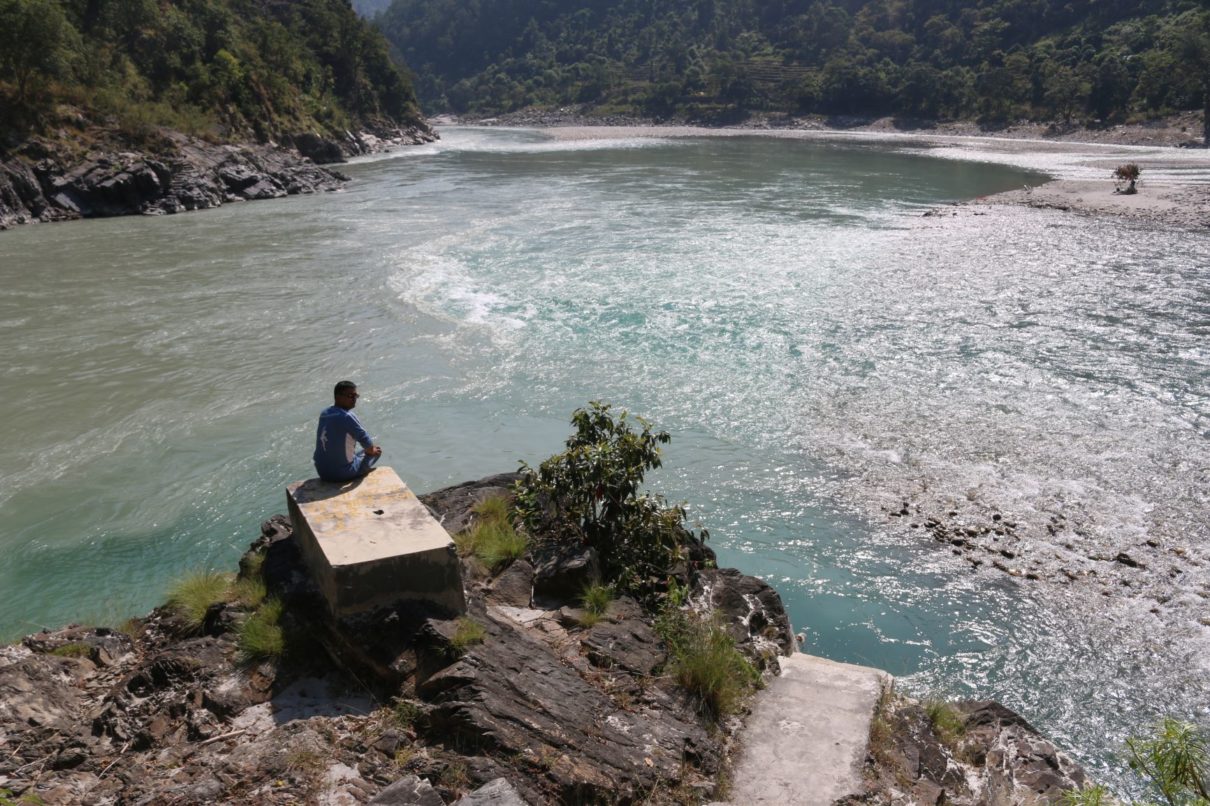The team is set to seek further clarification from CAAN on some issues before submitting its report to the commission, which will then take a final call on whether to lift the ban.
Officials in Nepal are buoyed from their talks with the technical team. Jagannath Niraula, spokesperson for CAAN, says the EU representatives appreciated the progress made by Nepal in the areas of aviation security. “This time we are 99 precent optimistic that the commission will remove us from its blacklist and our airlines can fly to European skies which will be a big boost to our aviation industry.” The audit reports show that Nepal has indeed made improvements in aviation safety. In April, a report by the Universal Safety Oversight Audit Program, under International Civil Aviation Organization (ICAO), showed that Nepal’s air safety ratings have improved significantly, achieving a 70.1 percent score, which was 66.76 percent in 2017. The score was eight percent more than the global average of 67.2 percent. Audits were conducted in 2009, 2016 and 2017 respectively. According to CAAN, Nepal made significant progress in its oversight capability since the initial audit of 2009. In 2018, ICAO awarded Nepal with Council President Certificate in recognition of its achievement in resolving its safety oversight deficiencies and implementing other international safety standards. CAAN officials have since been doubling down on their effort to remove Nepali airlines from the EU blacklist. But there is one remaining issue that remains unresolved. Despite improvements in air safety, CAAN has failed to make institutional reforms. Splitting CAAN into two entities, one a regulator and the other a service provider, is a long due issue. A bill in this regard is pending in Parliament and political parties have not prioritized the bill. Some fear the failure to break up CAAN could delay the delisting process. But CAAN officials, by and large, seem confident that the improvement made in aviation security is good enough for the EU to delist Nepali airlines from its blacklist. CAAN’s Aviation Security Report 2021 states that in the past 10 years, fatalities related to airplanes have registered a continuous steep drop, though the same for helicopter accidents has increased between 2011 and 2021. During the period of 2011 and 2020, the highest number of plane accidents was recorded in 2016. There were four airline accidents that year. Likewise, the highest number of fatalities was observed in 2012 when 34 lives were lost. In 2020, there was one accident without any fatalities. The improvement in aviation safety was in large due to the four-year Nepal Aviation Safety Plan implemented by CAAN in 2018. The plan was in line with the Global Aviation Safety Plan and Regional Aviation Safety Plan, which identified several areas of safety and took measures to address them.











